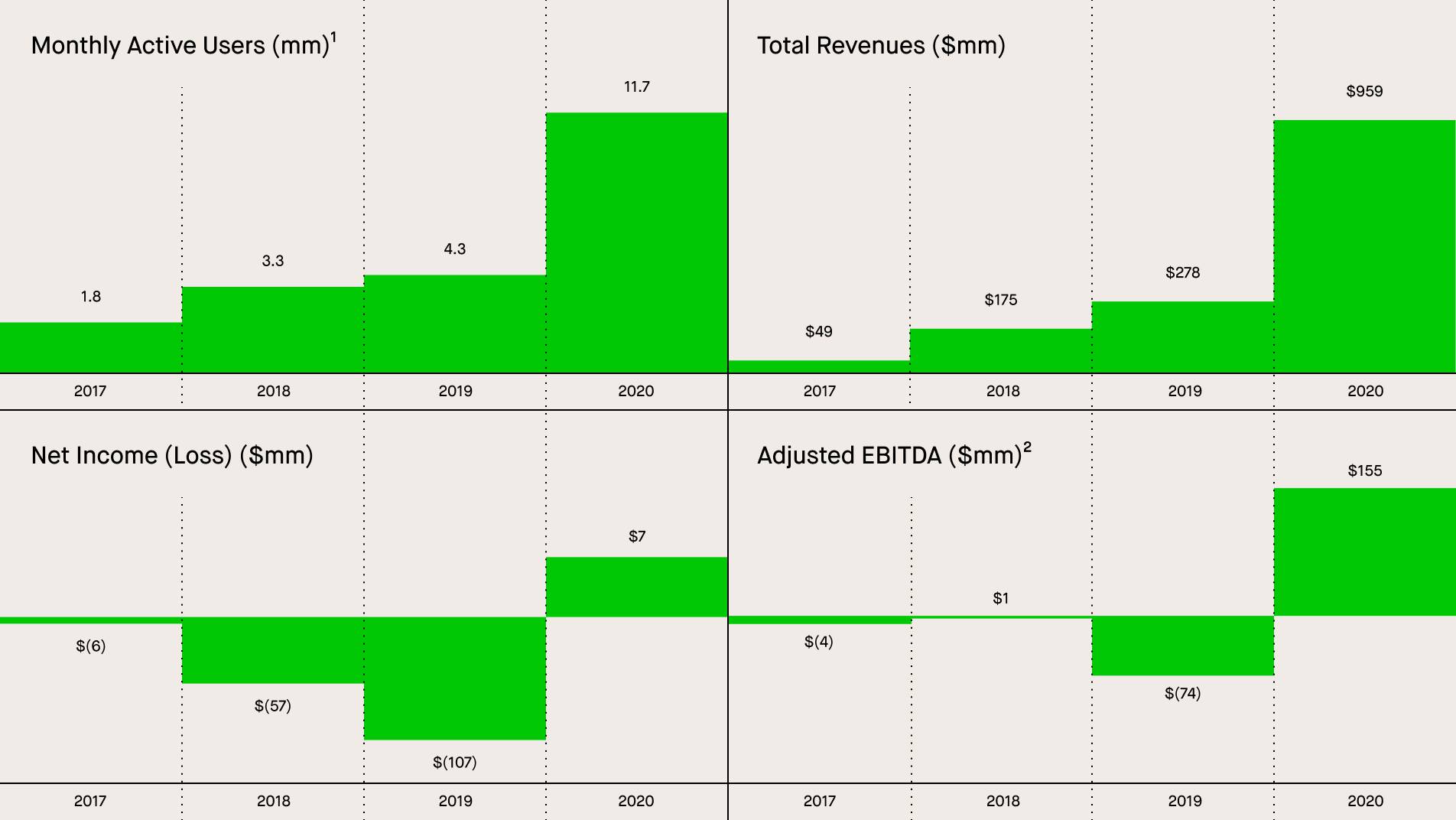Home>Finance>Net Interest Rate Spread: Definition And Use In Profit Analysis


Finance
Net Interest Rate Spread: Definition And Use In Profit Analysis
Published: December 30, 2023
Learn about the definition and importance of net interest rate spread in profit analysis for finance. Discover how it influences financial performance.
(Many of the links in this article redirect to a specific reviewed product. Your purchase of these products through affiliate links helps to generate commission for LiveWell, at no extra cost. Learn more)
Net Interest Rate Spread: Definition and Use in Profit Analysis
Welcome to our Finance category, where we dive deep into topics that help you better understand the financial world. Today, we’re going to explore the concept of Net Interest Rate Spread and its significance in profit analysis. If you’ve ever wondered how banks make money or how financial institutions evaluate their profitability, you’re in the right place.
Key Takeaways:
- The Net Interest Rate Spread measures the difference between the interest rate earned on loans and the interest rate paid on deposits.
- It is a vital metric used by financial institutions to assess their profitability and risk exposure.
What is Net Interest Rate Spread?
The Net Interest Rate Spread refers to the difference between the interest rate a financial institution earns on its lending activities and the interest rate it pays on its deposit accounts. In simpler terms, it’s the profit margin derived from the difference between these two rates.
Financial institutions, such as banks, rely on interest income from loans they make to borrowers. At the same time, they fund their operations by accepting deposits from customers, on which they pay interest. The Net Interest Rate Spread provides insights into how effectively a financial institution manages this interest rate difference to generate profit.
Why is Net Interest Rate Spread Important?
The Net Interest Rate Spread is crucial for financial institutions for several reasons:
- Profit Analysis: The primary purpose of calculating the Net Interest Rate Spread is to assess the profitability of a financial institution’s lending and borrowing activities. By determining the difference between interest income and interest expense, banks can evaluate how efficiently they generate profit.
- Risk Management: Net Interest Rate Spread also plays a significant role in assessing risk exposure. It helps identify potential vulnerabilities in a financial institution’s income stream, such as potential losses resulting from changes in interest rates.
- Performance Comparison: Comparing the Net Interest Rate Spread with industry peers allows financial institutions to gauge their competitive advantage. It helps identify areas where improvements can be made, boosting profitability and market positioning.
Calculating Net Interest Rate Spread
While the concept of Net Interest Rate Spread may seem straightforward, it requires careful consideration of various factors. The formula for calculating this metric is:
Net Interest Rate Spread = Average Interest Rate on Loans – Average Interest Rate on Deposits
The average interest rate on loans and deposits is calculated by considering all relevant accounts and their corresponding interest rates over a specified period.
In Conclusion
The Net Interest Rate Spread is a critical metric used in profit analysis by financial institutions. By measuring the difference between interest income and interest expense, it allows banks to evaluate their profitability, manage risks, and compare performance with industry peers. Understanding this concept is essential for anyone looking to delve deeper into the fascinating world of finance.














